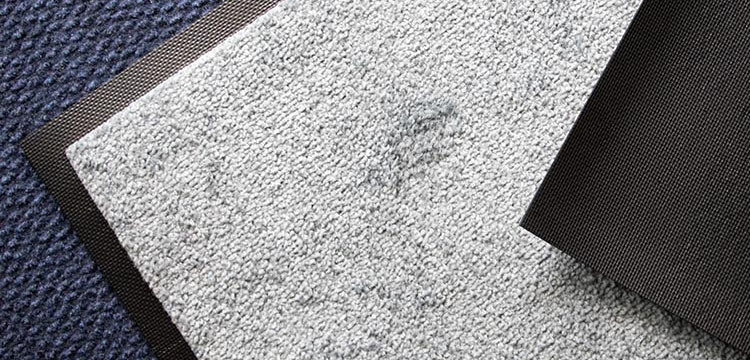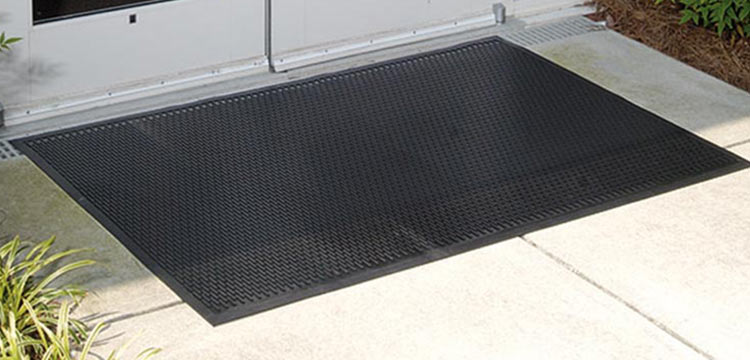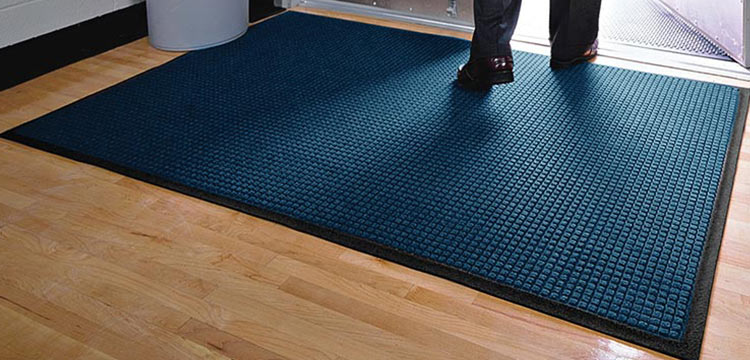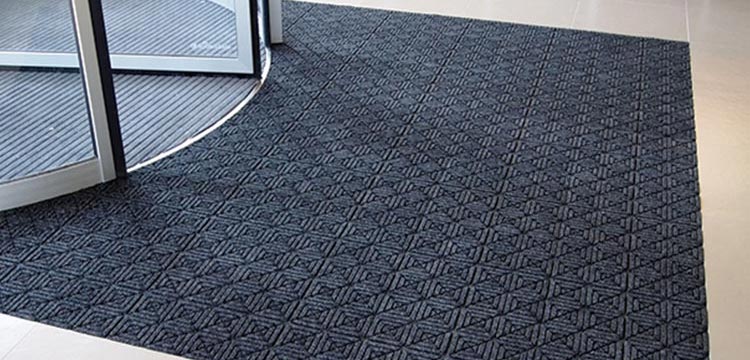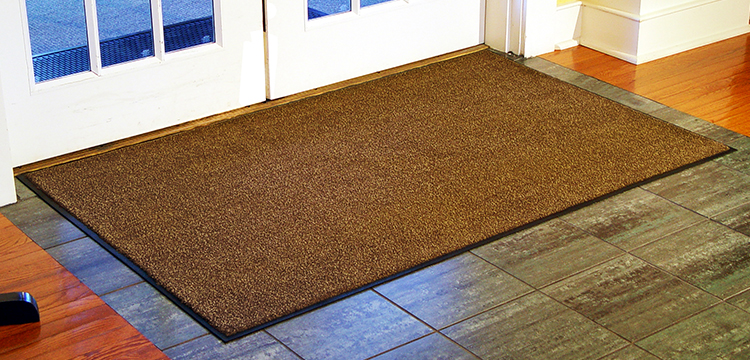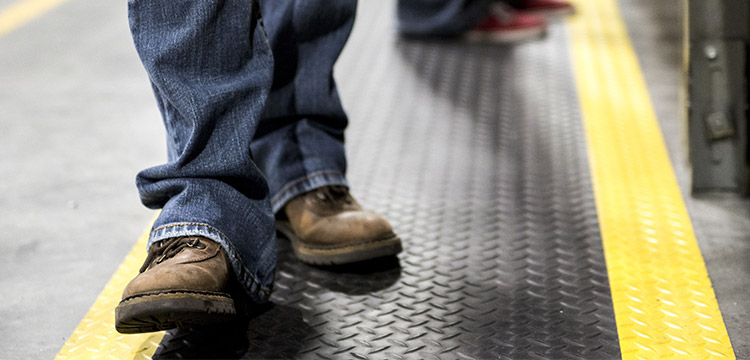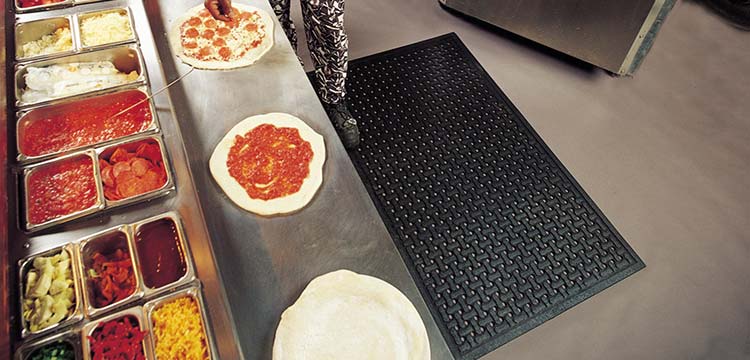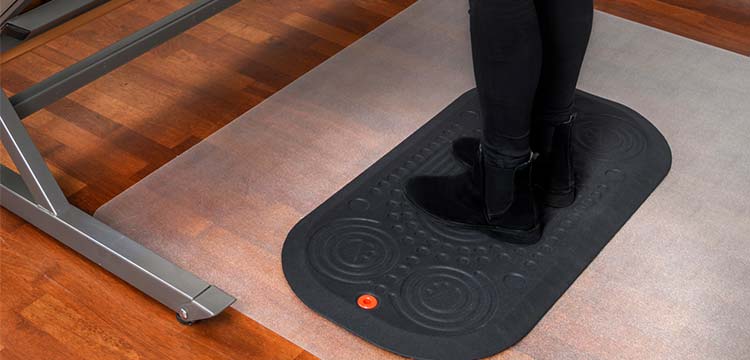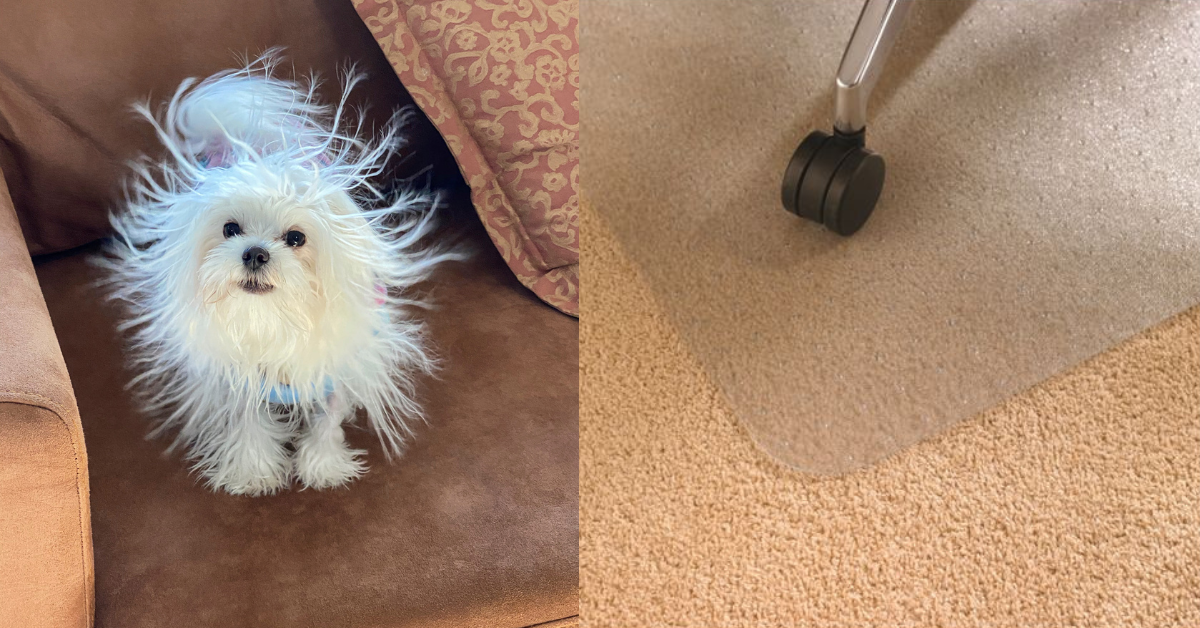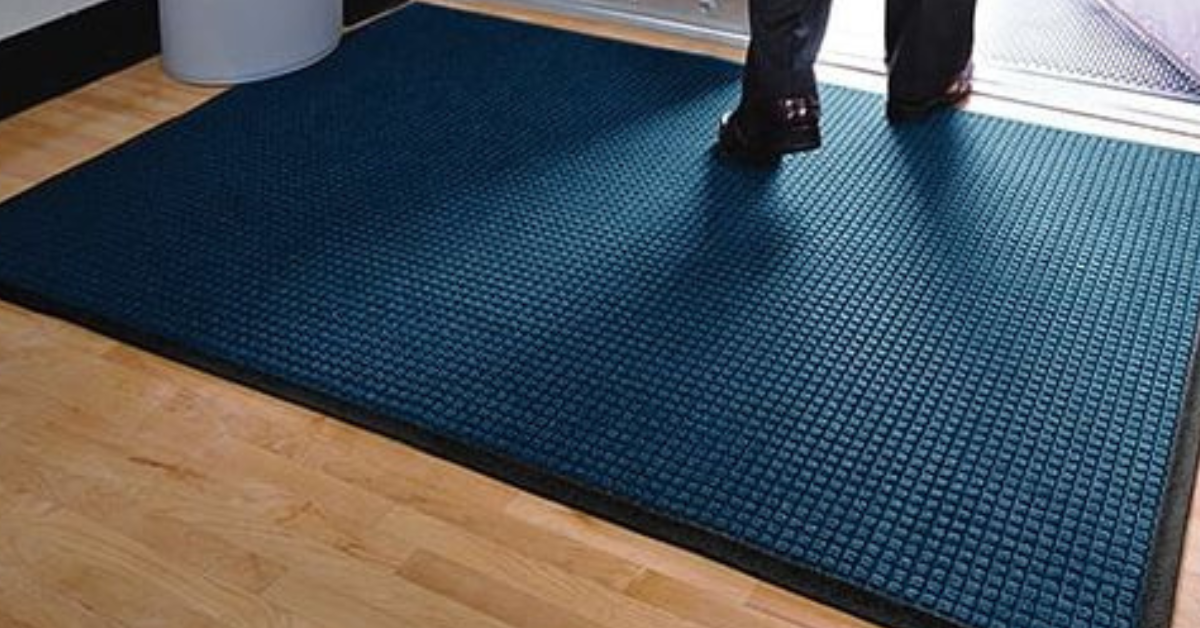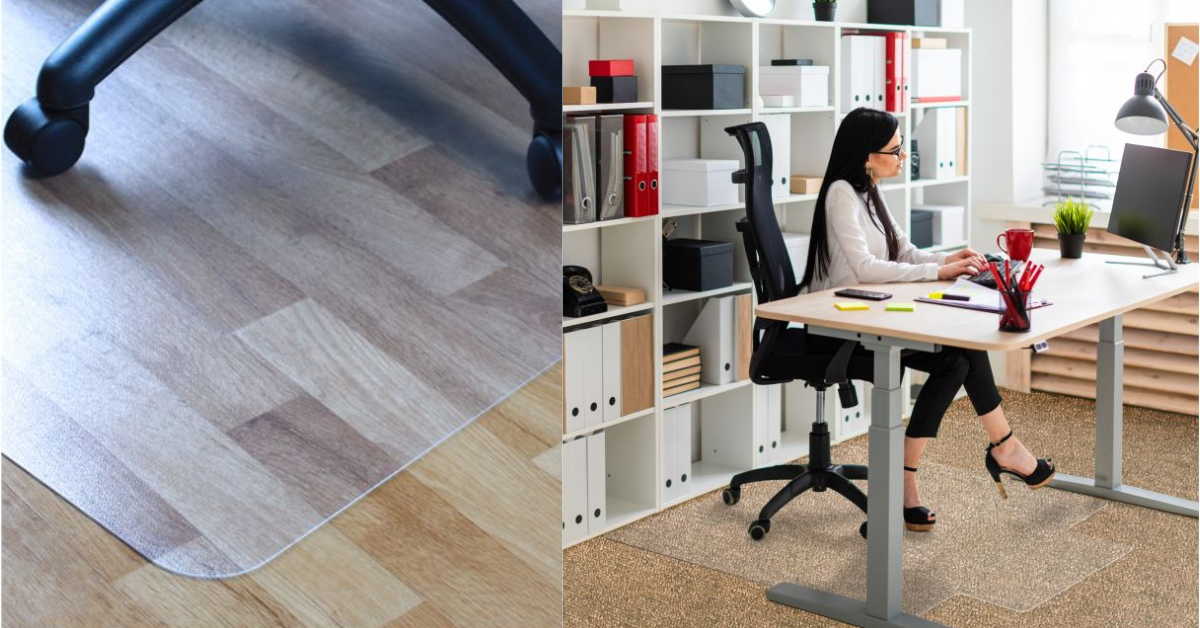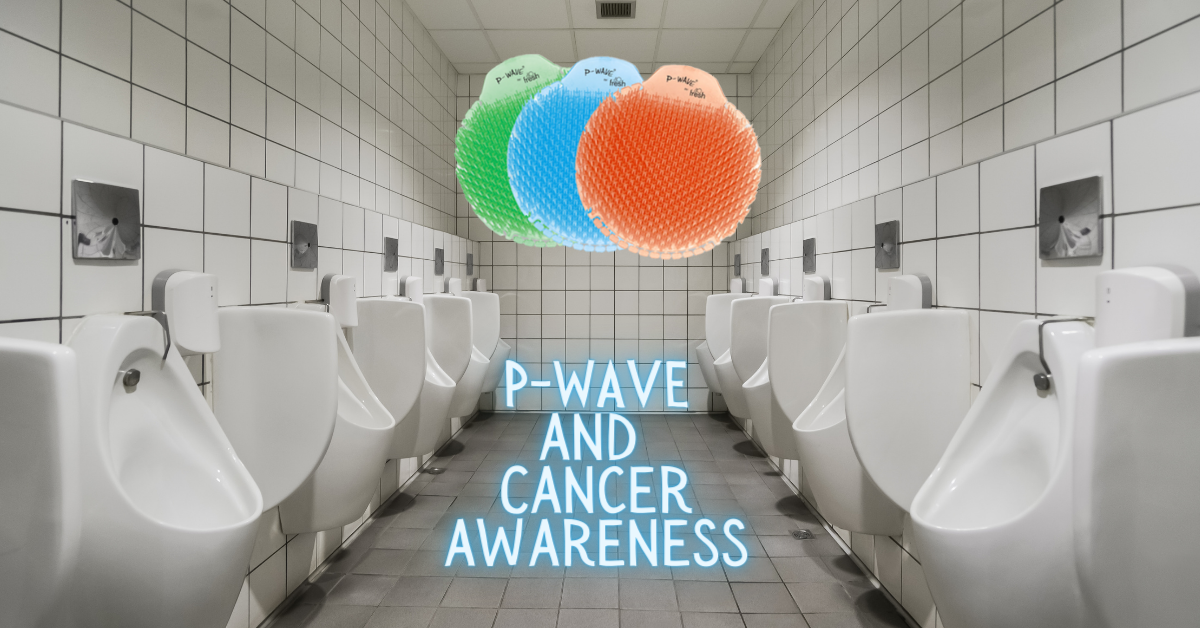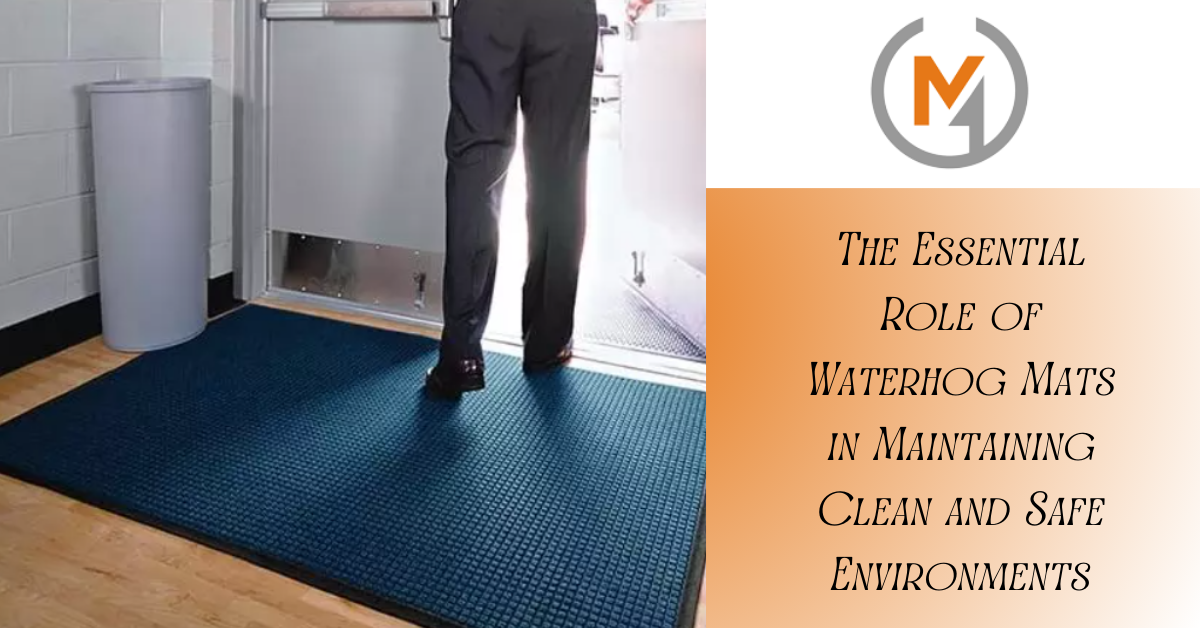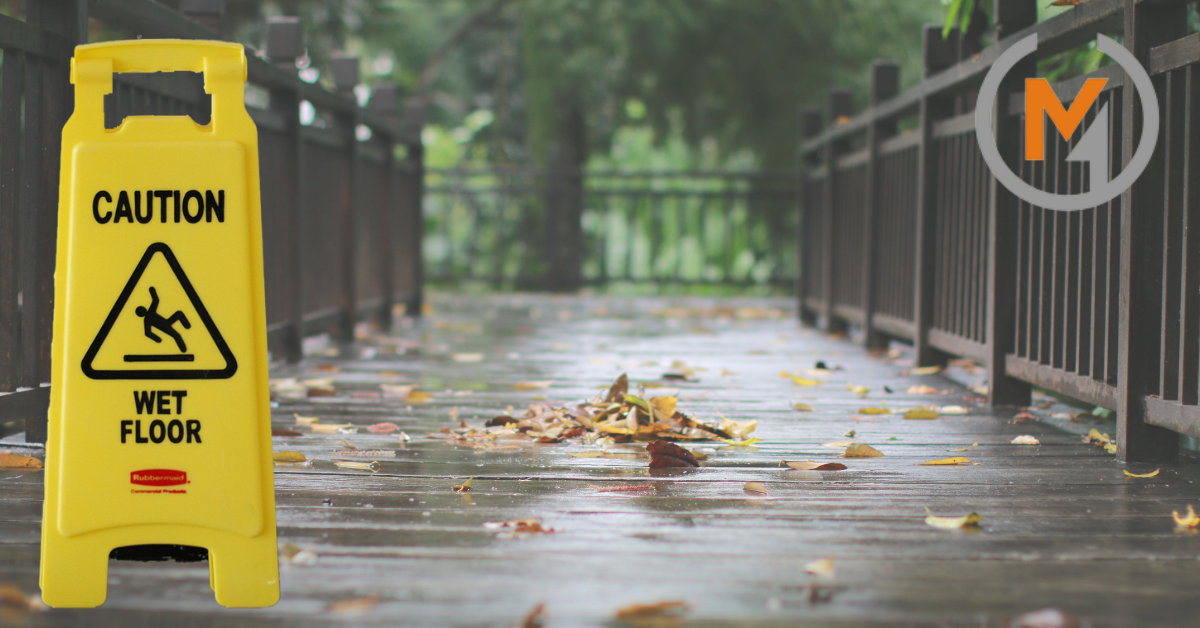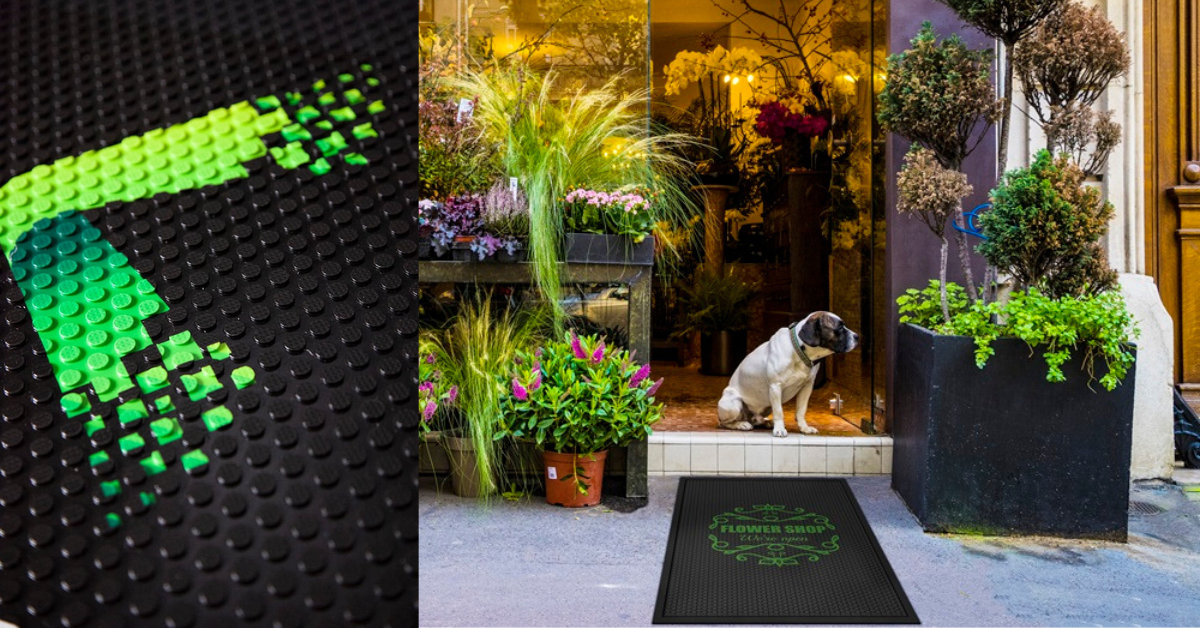Protecting Controlled Environments With Adhesive Mats
- Mats4U Blogger
- Blog
- 20 Feb 2023
- views

Tacky mats are an essential tool in industries and environments where maintaining a clean and controlled environment is crucial. So, what is a tacky mat?
Tacky mats, also known as sticky mats, are adhesive mats that are used to remove dirt and contaminants from the bottoms of shoes in a clean room or controlled environment. They typically consist of multiple layers of thin sheets with a sticky surface on one side, and are used in industries such as pharmaceuticals, electronics, and food processing, where controlling the introduction of contamination is critical to maintaining the cleanliness and integrity of the products being produced.
They are also used in laboratories and other facilities where maintaining a clean environment is required for optimal equipment operation and to prevent contamination of samples and experiments. Tacky mats help in the prevention of contaminants, maintain a clean environment, and enhance overall product quality.
In this ultimate guide to tacky mats, we will explore the importance of using tacky mats in controlled environments, the different types of tacky mats, their benefits, and best practices for maintenance and care.
Table of Contents
- Importance of using Tacky mats in controlled environments
- Different Types of Tacky Mats
- Benefits Of Tacky Mats
- Maintenance and Care Of Tacky Mats
I. Importance of using Tacky mats in controlled environments
Cleanliness is essential in a controlled environment, such as those found in healthcare, food processing, electronics manufacturing, and cleanroom environments to prevent contamination and safeguard sensitive equipment. Tacky mats are important elements in maintaining a high level of cleanliness. They are especially effective in capturing dust, dirt, and other contaminants that can be dragged in on shoes, wheels, or other objects, preventing them from entering the clean area.
In addition to safeguarding products and equipment, sticky mats can minimize the frequency of cleaning and maintenance required, thereby saving money. Compliance with the regulation governing cleanliness is important in some industries, such as healthcare and food processing, and tacky mats can ensure that these regulations are met.
II. Different Types of Tacky Mats
Tacky mats are classified into two types: single-use and reusable mats. Despite them having the same purpose, each offers distinct benefits for use in unique environments.
Single-Use Tacky Mats
Single-use tacky mats are a type of sticky mat that is intended to be used once and then discarded. They are normally composed of a series of disposable adhesive sheets that are peeled off and discarded after use to reveal a new, clean sheet.
Single-use tacky mats are frequently used in healthcare facilities, laboratories, and other environments where maintaining a high level of cleanliness is critical. They are especially beneficial in instances when there is a substantial risk of contamination, such as during surgeries or when handling sensitive laboratory samples.
One of the primary advantages of single-use tacky mats is their convenience and ease of use. As a sheet gets contaminated, it can simply be peeled off and discarded, without the need for any additional cleaning or maintenance. This reduces contamination risk and guarantees that a new, clean surface is always available for capturing contaminants.
Furthermore, they are often more cost-effective than reusable tacky mats. While reusable tacky mats are more robust and last longer, they also need regular cleaning and maintenance, which can be time-consuming and expensive.
Reusable Tacky Mats
Reusable tacky mats are a form of sticky mats that can be used multiple times. They are normally constructed of durable, non-slip backing material with many layers of adhesive sheets that be peeled off and discarded after usage to reveal a fresh new, clean surface.
Reusable tacky mats are commonly used in industries such as electronics, manufacturing, pharmaceuticals, and cleanroom environments where cleanliness is important. They are particularly useful in a situation where a large area needs to be covered with a tacky surface, as reusable tacky mats are available in larger sizes than most single-use mats.
Reusable tacky mats have the advantage of being more ecologically friendly and cost-effective in the long term than single-use mats. While reusable tacky mats are often more expensive upfront, they can be used multiple times and produce less waste than single-use mats. They also require less storage than multiple boxes of simple-use mats.
Moreover, reusable tacky mats are more durable than single-use mats and can endure heavy foot traffic and equipment movement. As the adhesive layer can be reused numerous times before being replaced, they require less frequent replacement and upkeep than single-use mats.
However, reusable tacky mats do require some maintenance to guarantee their efficacy over time. To retain the sticky capabilities, the adhesive layer should be cleaned periodically with a damp cloth or mop, and the mat should be stored in a cold, dry place.
III. Benefits of Tacky Mats
Tacky mats can provide numerous benefits for maintaining a clean and safe environment in a range of industries and settings. Here are some of the benefits:
Improved Hygiene: Tacky mats can help minimise the spread of germs and bacteria by capturing dirt and debris that would otherwise be dragged into a clean area. This is especially significant in healthcare facilities, labs, and other sterile environments where cleanliness is essential.
Cost-Effective: Since sticky capture dirt and debris before it settles on floors or other surfaces, they can reduce the frequency of cleaning and maintenance. This can result in long-term cost savings.
Increase safety: It can help reduce the chance of slip and fall by removing dirt and debris that can cause a hazard.
Protection of equipment: In Industries such as electronics manufacturing or cleanroom environment, it can help prevent damage to sensitive equipment by trapping dust and debris that can cause malfunctions.
IV. Maintenance and Care of Tacky Mats
Tacky mats must be properly maintained and cared for in order to continue to capture and hold contaminants. Reusable mats demand more upkeep than single-use mats, but they are also more eco-friendly and cost-effective over time.
Replace Use Layer: Once the mat’s top layer gets contaminated, it should be removed and discarded to expose a clean surface. This will guarantee that the sticky surface continues to capture contaminants.
Clean the Adhesive Surface: If the mat becomes soiled or contaminated, carefully wipe it off with a damp cloth or mop. Avoid using harsh chemicals solvents, since they can damage the adhesive surface.
Proper Storage: Tacky mats should be stored in cool, dry areas away from direct sunlight and heat sources. This will assist to maintain the mat’s adhesive properties and extend its usable life.
Avoid Touching the Adessive Surface: To prevent damage to the adhesive surface, avoid touching it with your hands or other things. This can transfer oils and other substances to the surface, reducing its effectiveness in capturing contaminants.
Use Mats in Pairs: When covering a large area, it is recommended to use tacky mats in pairs. This ensures that the entrance and exit points are covered, providing optimum contamination protection.
If you’re searching for high-quality tacky mats – we offer a wide variety of different sizes and colours to meet the specific needs of your industry. Contact us today to learn more about our tacky mats and how they can help maintain a clean and controlled environment.
Explore our full range of mats online today.

